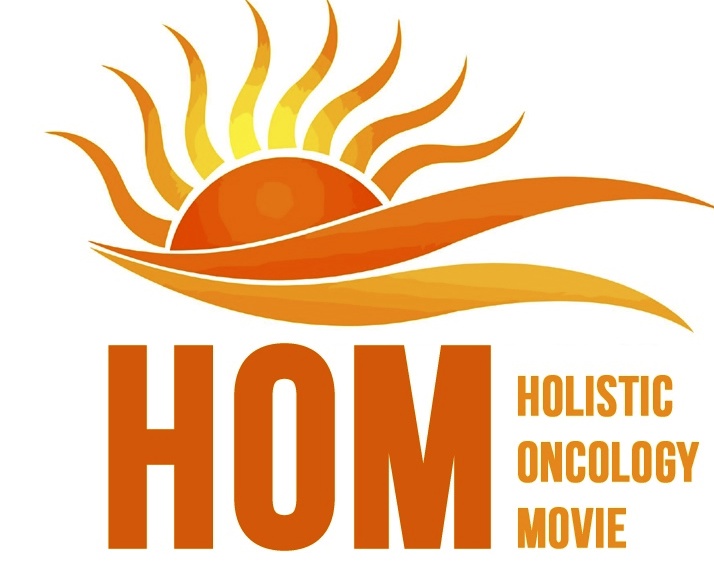Allopathic survival improvement with childhood cancer survivors is established, but at the cost of significant risks and morbidity
The prevalence of childhood cancer survivors to at least five years has significantly increased, however, the majority of those who have survived five or more years beyond diagnosis may have at least one chronic health condition, according to a study published in Cancer Epidemiology, Biomarkers & Prevention.
“We found that the estimated prevalence of childhood cancer survivors is increasing, as is the estimated morbidity prevalence in those five or more years beyond diagnosis. Therefore, this is a population experiencing co-occurring cancer treatment benefits and morbidity,” said Siobhan M. Phillips, PhD, MPH, assistant professor of preventive medicine at Northwestern University Feinberg School of Medicine in Chicago.
About 70 percent of the survivors of childhood cancers were estimated to have a mild or moderate chronic condition, and about 32 percent were estimated to have a severe, disabling, or life-threatening chronic condition. An estimated 35 percent of the survivors, ages 20 to 49, had neurocognitive dysfunction; about 13 to 17 percent of those in this age group had self-reported functional impairment, activity limitations, impaired mental health, pain, or anxiety/fear.
“Our study findings highlight that a singular focus on curing cancer yields an incomplete picture of childhood cancer survivorship,” added Phillips. “The burden of chronic conditions in this population is profound, both in occurrence and severity. Efforts to understand how to effectively decrease morbidity burden and incorporate effective care coordination and rehabilitation models to optimize longevity and well-being in this population should be a priority.”
Futhermore, those who contract another cancer post the five years survival rate may also be significant.
REFERENCE
Survivors of Childhood Cancer in the United States: Prevalence and Burden of Morbidity
Siobhan M. Phillips1,*, Lynne S. Padgett2, Wendy M. Leisenring3, Kayla K. Stratton3, Ken Bishop2, Kevin R. Krull4, Catherine M. Alfano2, Todd M. Gibson4, Janet S. de Moor2, Danielle Blanch Hartigan5, Gregory T. Armstrong4, Leslie L. Robison4, Julia H. Rowland2, Kevin C. Oeffinger6, and Angela B. Mariotto21Department of Preventive Medicine, Northwestern University, Chicago, Illinois.
2Division of Cancer Control and Population Sciences, National Cancer Institute, Bethesda, Maryland.
3Clinical Research and Public Health Sciences Divisions, Fred Hutchinson Cancer Research Center, Seattle, Washington.
4Department of Epidemiology and Cancer Control, St Jude Children’s Research Hospital, Memphis, Tennessee.
5Bentley University, Waltham, Massachusetts.
6Departments of Medicine and Pediatrics, Memorial Sloan Kettering Cancer Center, New York, New York.
↵*Corresponding Author:
Siobhan M. Phillips, Northwestern University, 680 N. Lakeshore Drive, Suite 1400, Chicago, IL 60611. Phone: 312-503-4235; Fax: 312-908-9588; E-mail: smphillips@northwestern.edu
Note: S.M. Phillips and L.S. Padgett contributed equally to the inception and writing of this article.
Abstract
Background: No studies have estimated the population-level burden of morbidity in individuals diagnosed with cancer as children (ages 0–19 years). We updated prevalence estimates of childhood cancer survivors as of 2011 and burden of morbidity in this population reflected by chronic conditions, neurocognitive dysfunction, compromised health-related quality of life, and health status (general health, mental health, functional impairment, functional limitations, pain, and fear/anxiety).
Methods: Surveillance, Epidemiology, and End Results (SEER) Program data from 1975 to 2011 were used to update the prevalence of survivors of childhood cancers in the United States. Childhood Cancer Survivor Study data were used to obtain estimates of morbidity burden indicators, which were then extrapolated to SEER data to obtain population-level estimates.
Results: There were an estimated 388,501 survivors of childhood cancer in the United States as of January 1, 2011, of whom 83.5% are ≥5 years after diagnosis. The prevalence of any chronic condition among ≥5-year survivors ranged from 66% (ages 5–19) to 88% (ages 40–49). Estimates for specific morbidities ranged from 12% (pain) to 35% (neurocognitive dysfunction). Generally, morbidities increased by age. However, mental health and anxiety remained fairly stable, and neurocognitive dysfunction exhibited initial decline and then remained stable by time since diagnosis.
Conclusions: The estimated prevalence of survivors of childhood cancer is increasing, as is the estimated prevalence of morbidity in those ≥5 years after diagnosis.
Impact: Efforts to understand how to effectively decrease morbidity burden and incorporate effective care coordination and rehabilitation models to optimize longevity and well-being in this population should be a priority. Cancer Epidemiol Biomarkers Prev; 24(4); 653–63. ©2015 AACR.
This study was a collaboration among Northwestern University, the NCI, and St. Jude Children’s Research Hospital.

2015 Copyright. All rights reserved. HOM, Wellbeing production, ACER Institute and Christian Joubert
Disclaimer: Nothing in this educational blog is to be contrued as medical or legal advice.
![]()
Leave a Reply